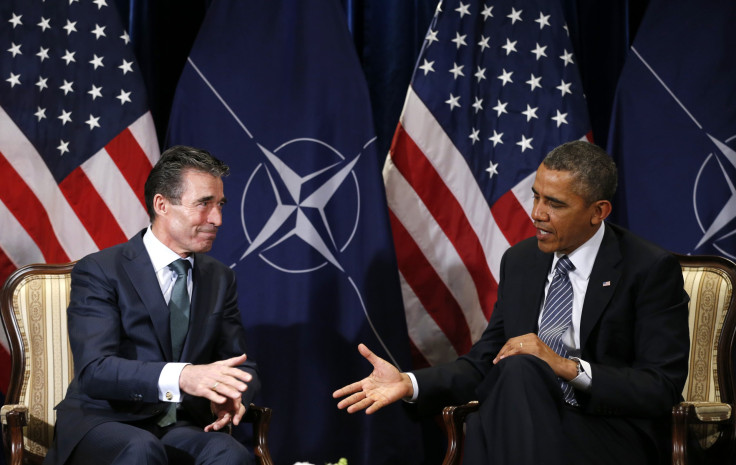The Less Informed American Are On Ukraine, The More They Want The US To Intervene, Survey Finds

A study conducted by three Ivy League political scientists shows that only one out of six Americans surveyed could point out Ukraine on a map. The poll also shows that the further away a person thought Ukraine was from Eastern Europe, the more they wanted the U.S. to intervene militarily.
Kyle Dropp of Dartmouth College, Joshua D. Kertzer of Harvard University and Thomas Zeitzoff of Princeton asked 2,066 Americans where Ukraine was on a map and how they think the U.S. should respond to the crisis there. The three “wanted to see where Americans think Ukraine is and to learn if this knowledge (or lack thereof) is related to their foreign policy views.”
Participants were asked to locate Ukraine on a high-resolution world map. Some respondents put the East European country in South America, Australia and even just a few hundred miles from the North Pole. Sixteen percent got it right, but the median response was about 1,800 miles off. The researchers say some likely weren’t paying much attention to the map section of the survey. They also may have misunderstood the question, as some marked Washington, D.C., and various spots in the Midwest.
The rest of the survey focused on participants’ perceptions of what is happening on the ground in Ukraine and what the U.S. should do about it. About 13 percent of Americans supported the use of U.S. military force in Ukraine and 45 percent supported less costly measures like boycotting a G8 summit in Russia and excluding the Russia from the club of major economies (which the U.S. is doing now).
Interestingly, the further off respondents were about Ukraine’s location, the more they wanted the U.S. to intervene. Regardless of other demographic markers or political affiliations, the people who were way off in finding Ukraine were more likely to favor U.S. involvement.
The researchers say overall the results aren’t too discouraging because “most Americans placed Ukraine in the right subcontinent," i.e. Europe. The more educated respondents were, the more likely they were to correctly identify Ukraine on a map. Still, 77 percent of even college grads incorrectly identified Ukraine on a map.
Dropp said the most surprising statistic for the team was that relatives of U.S. servicemen were just as likely to incorrectly identify Ukraine on a map as families that had no military affiliation. Just 16.1 percent of surveyors with a family member in the military correctly identified Ukraine, while 16 percent of non-military family respondents were correct, which is right in line with the overall results.
The map of responses show that many respondents weren’t far off about where Ukraine is. Many identified other countries in Eastern Europe and other former Soviet republics like Belarus and Kazakhstan as Ukraine. As the researchers said, “People who believe Ukraine is in Eastern Europe clearly are more informed than those who believe it is in Brazil or in the Indian Ocean.”
The survey is part of a larger study that the researchers are undertaking to gauge how informed the American population really is. In separate studies, they have asked respondents to locate 12 other countries on a map and asked general political knowledge questions. Dropp told IBTimes that the team has surveyed 7,000 people in the last three weeks and will continue to do so.
The scholars will continue to expand their surveys, and soon they'll include questions about social media use and news exposure along with other political questions. They are also still sifting through the information from the last round of surveys.
© Copyright IBTimes 2024. All rights reserved.












